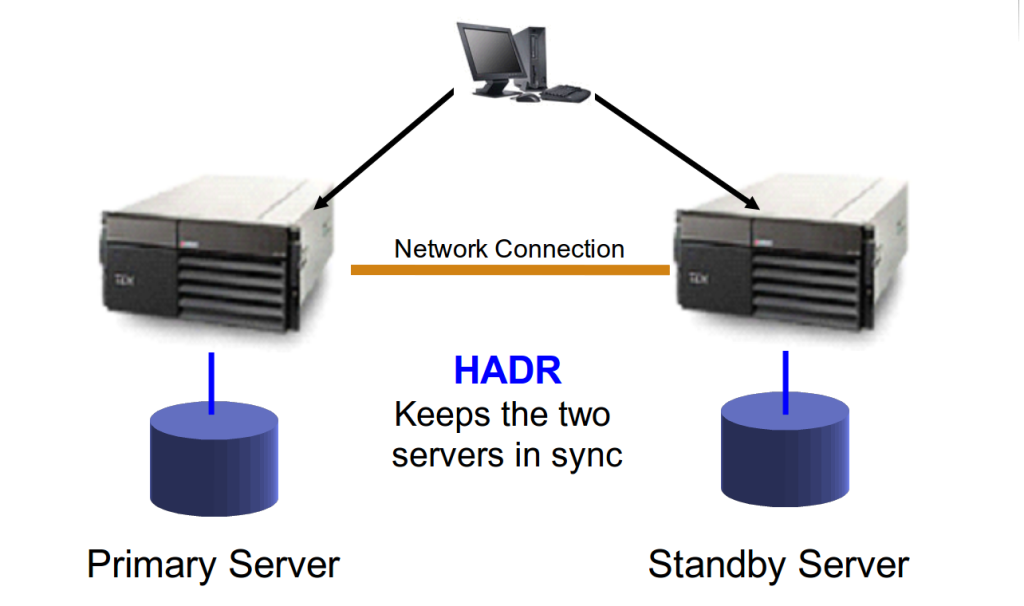On November 19, 2013, IBM SmartCloud Enterprise+ (SCE+) version 1.3 was released. While every new SCE+ release has brought some interesting improvements, I’m particularly excited about 1.3. Tons of new features and improvements were implemented, making it worth having a closer look at the highlights of this version of SCE+.
Completely new portal. Lets be polite, but the old portal had major room for improvement. The new portal was completely rewritten and now meets requirements clients have for such an interface.
New virtual machine (VM) sizes. New standard configurations were introduced including Jumbo for x86 VMs. However, what is even more important are the new maximum possible configurations for a single VM, which can be:
- Up to 64 vCPUs
- Up to 128 GB RAM
- Up to 48 TB storage
These new configurations can enable more workloads to run on SCE+.
Clustering. Even more workloads can now be enabled because of the new clustering options. Clients can choose between operating system (OS) based clustering (for all on SCE+ supported operating systems and platforms) or simple anti-collocation which enables clients to cluster VMs on the application level. Anti-collocation means that two VMs will not be provisioned on the same physical host to ensure availability of at least one node in case a host goes down.
It is important to mention that service level agreements (SLAs) are still based on the individual VM, so there is no aggregated SLA for a cluster.
Anti-collocation (and clustering) does not guarantee that the physical hosts are based in different physical buildings. Even in dual-site based SCE+ data centers, the different nodes of cluster might still be located on one site. This could potentially be removed in a later release of SCE+.
Unmanaged instances. Clients can request unmanaged virtual machines on SCE+ with the following limitations:
- Managed VMs cannot be transformed to unmanaged ones (or the other way around)
- Clustering is not available on unmanaged VMs
- Unmanaged VMs must be based on available SCE+ images; there is still no way to import custom images
- Migration services are not available for unmanaged instances
Migration services. Migration services for x86 and IBM Power System platforms can now be contracted as an optional part of an SCE+ contract.
Active Directory integration. SCE+ now supports the integration of complex Microsoft Active Directory setups including a client-specific isolated domain or even joining (managed) VMs to the client’s active directory (AD) forest.
Database and middleware alerting and management. Beside the management of the operating system, clients can now choose database and middleware management as an option in two flavors:
- Alerting only. The client maintains responsibility, but will be alerted by an automated monitoring system in case of failure.
- Management. IBM provides management for selected database and middleware products (mainly IBM DB2 database software, MS SQL, Oracle, Sybase and IBM WebSphere products).
Custom hostnames and FQDN. Custom hostnames and full qualified domain names (FQDN) can now be chosen during the provisioning of a server VM.
Load Balancer as a service. Beside the currently available virtual software load balancer (vLBF), load balancing as a service is also available. The new service is based on industry leading hardware appliances and provides features like SSL offloading. Currently load balancing is only supported in a single site.
Increased number of security zones. Although three security zones remain standard, clients can request up to 12 security zones if required by the design of their environment when onboarding. Additional security zones can also be requested after boarding through an Request for Service (RFS), but provisioning is then subject to availability. However, there is a hard limit of 12 security zones per client.
Summary
SCE+ 1.3 is a milestone in terms of features and new possibilities. It enables a lot more workloads to be supported on SCE+ and SCE+ based offerings like IBM SmartCloud for SAP (SC4SAP) and IBM SmartCloud for Oracle Applications (SC4Oracle).

